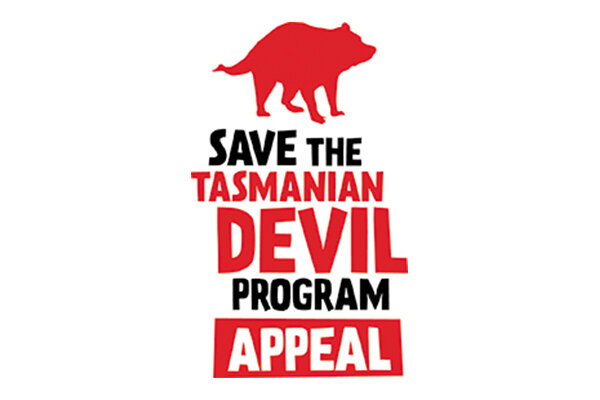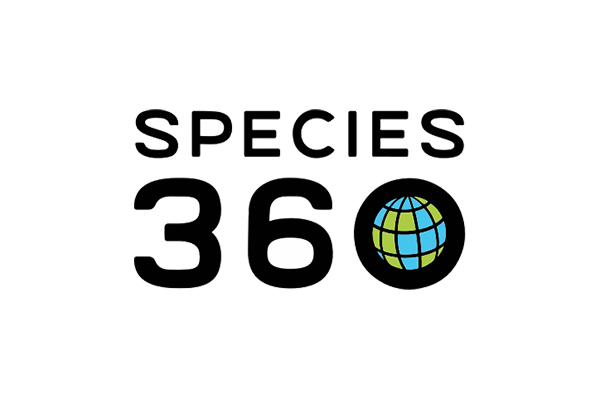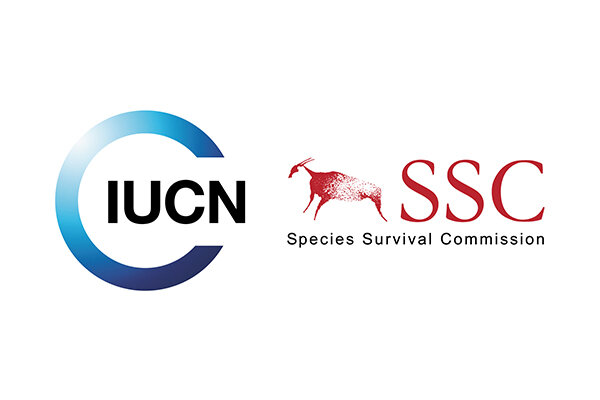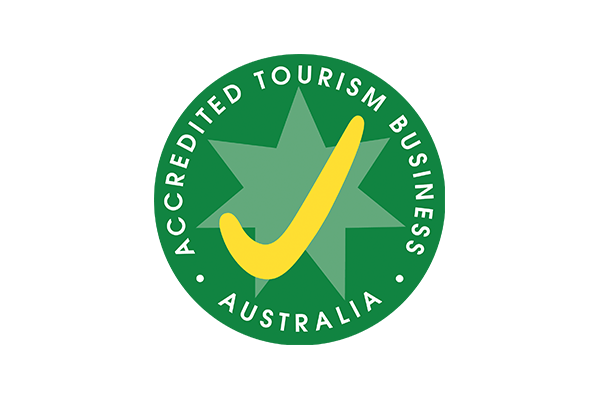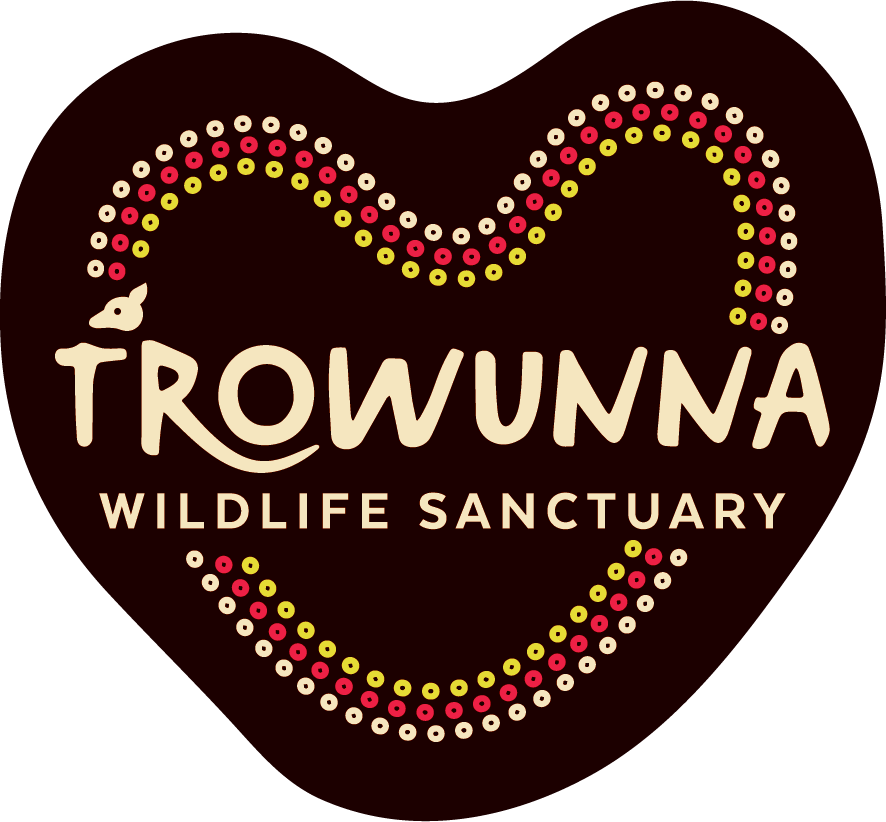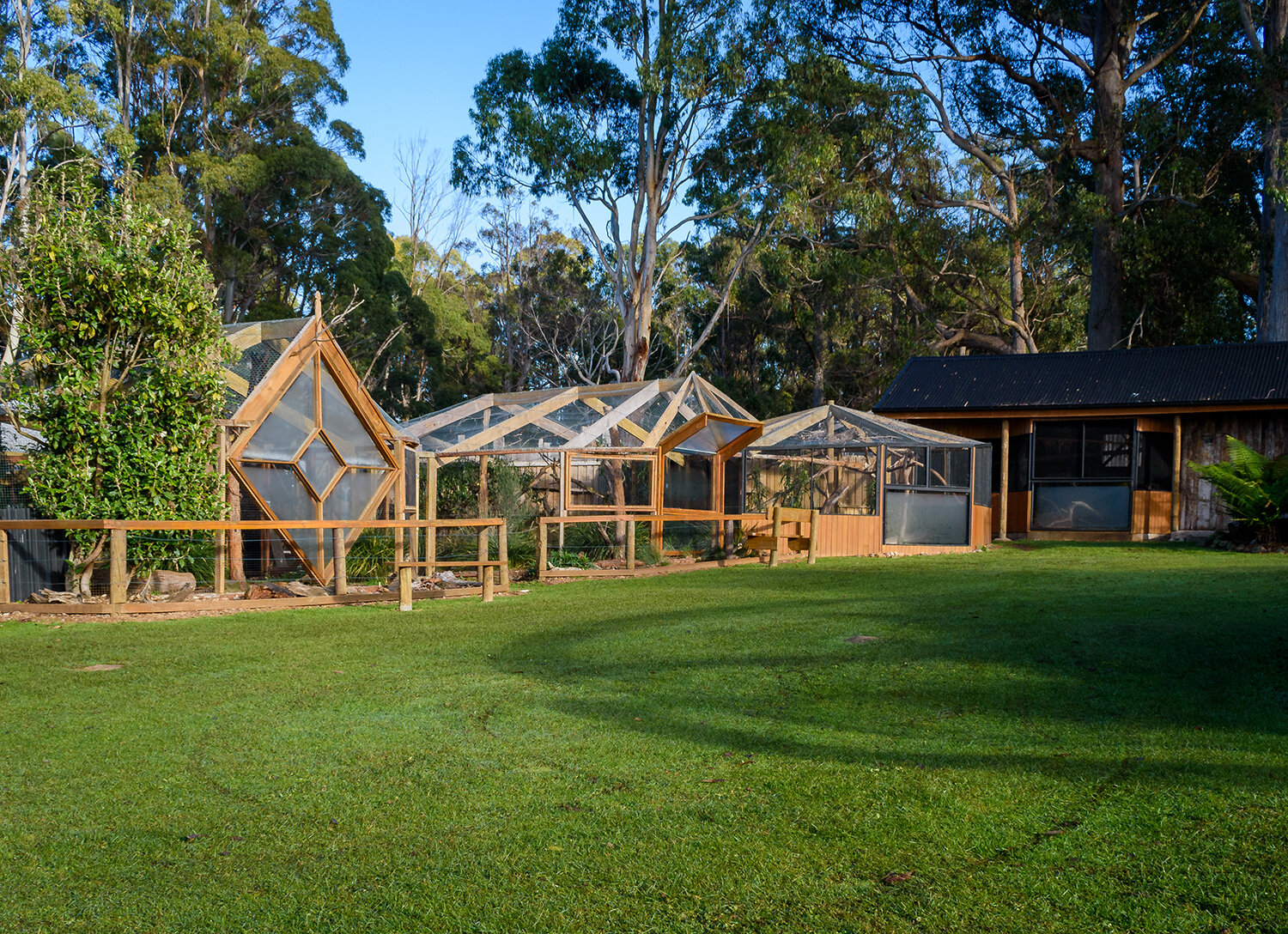
The Sanctuary
Experience Conservation in Action at Trowunna
Step into Trowunna Wildlife Sanctuary and immerse yourself in a place dedicated to protecting Tasmania’s unique native wildlife. The sanctuary provides a safe haven for animals involved in conservation breeding programs, those undergoing rehabilitation for release, and residents who call Trowunna home when returning to the wild is not possible. Every visit directly supports the ongoing conservation work helping to safeguard these species for generations to come.
Wander through a network of thoughtfully designed micro-habitats that reflect the remarkable diversity of Tasmania’s landscapes. Located at the intersection of alpine, forest, and coastal regions, Trowunna also serves as a natural passageway for transient and migratory wildlife—offering visitors a rare opportunity to witness conservation in action.

The central lake is home to a variety of waterfowl, including ducks, geese, and swans, and offers stunning views across to Quamby Bluff and Mother Cummings Peak in the Great Western Tiers. Surrounding alpine grasslands provide expansive, natural spaces for free-ranging kangaroos, wallabies, wombats, birds, and reptiles. Nearby shrubland supports smaller macropods such as pademelons, potoroos, and bettongs, with dense bracken fern offering vital protection from predators. Each habitat at Trowunna is designed to closely mirror natural environments, allowing wildlife to thrive and visitors to experience Tasmania’s biodiversity up close.
Our mixed sclerophyll forest is home to Forester kangaroos, Bennett’s wallabies, and pademelons. With natural ground cover and den sites for free-ranging wombats, walking through this forest feels like stepping into the wild. Keep an eye out for subtle movement or flicking ears—many animals are expertly camouflaged among bark, leaf litter, and shadows.
Beyond the sanctuary boundaries, more than 10 hectares of untouched bushland form a vital wildlife corridor. Protected under the Land for Wildlife program, this area provides space for animals to rest, forage, and establish home ranges, helping ensure native species continue to thrive both within and beyond Trowunna.
“Trowunna is such a unique environment that native animals are naturally drawn to the sanctuary, knowing they are among friends.”

Spanning 85 acres of natural vegetation, Trowunna features towering eucalypts, thriving acacias, and open landscapes where kangaroos, wallabies, pademelons, potoroos, and wombats roam freely. This freedom allows visitors to observe natural behaviours in a setting that closely resembles the wild.
The sanctuary is also rich in birdlife. Look and listen for Goshawks, Falcons, Honeyeaters, Wrens, and Rosellas nesting throughout the forest. Other species, including quolls, bandicoots, and bats, are primarily nocturnal, adding to the sanctuary’s dynamic and ever-changing ecosystem.
Rescue and release
Caring for injured and orphaned wildlife is a core part of Trowunna’s conservation work. Many animals are prepared for release using a soft-release approach. Unlike a direct return to the wild, soft release allows animals to gradually regain confidence and natural behaviours while roaming freely within the sanctuary under close monitoring. This method significantly improves their chances of long-term survival.
Some animals are unable to return to the wild and become permanent residents at Trowunna. These individuals are provided with lifelong care, enrichment, and the highest possible quality of life. You may notice some bird enclosures appear empty—this is because many birds are free to come and go as they choose. Whether temporary visitors or lifelong residents, every animal at Trowunna benefits from a safe, supportive environment designed to help them thrive.
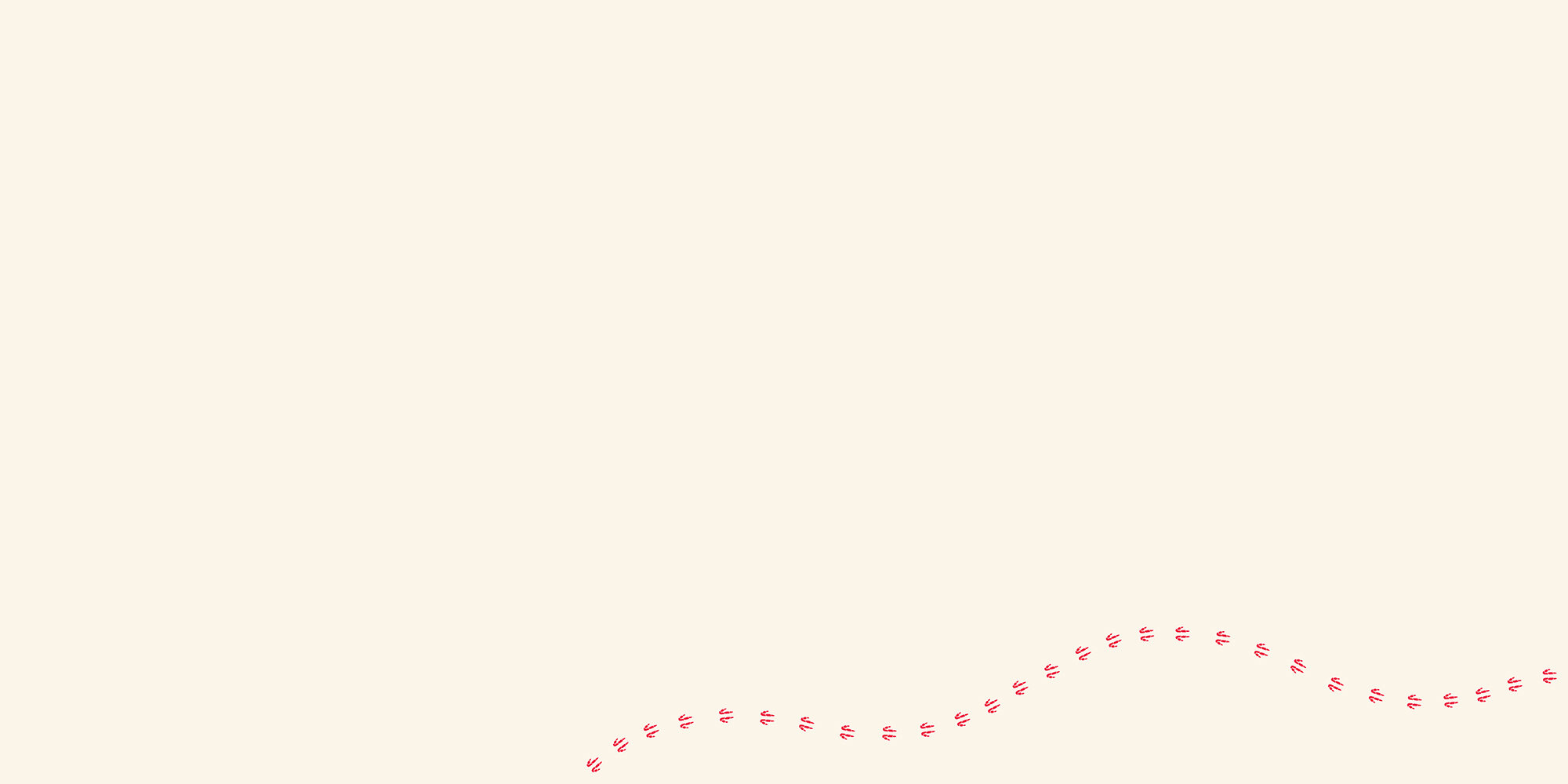
Celebrating 40 Years of Wildlife Care
For over 40 years, Trowunna Wildlife Sanctuary has cared for orphaned and injured native animals, each with a unique story. Many are rehabilitated and returned to the wild, while others remain with us for life. One of our most extraordinary residents is a wedge-tailed eagle who has called Trowunna home for 35 years.
Join one of our free interactive tours to hear these stories and experience wildlife up close, or follow the link below to watch animals being released back into the wild.
Affiliated Partners

